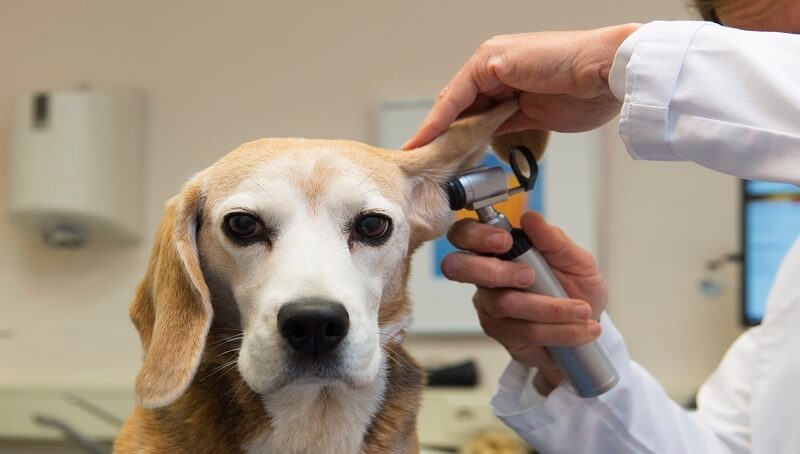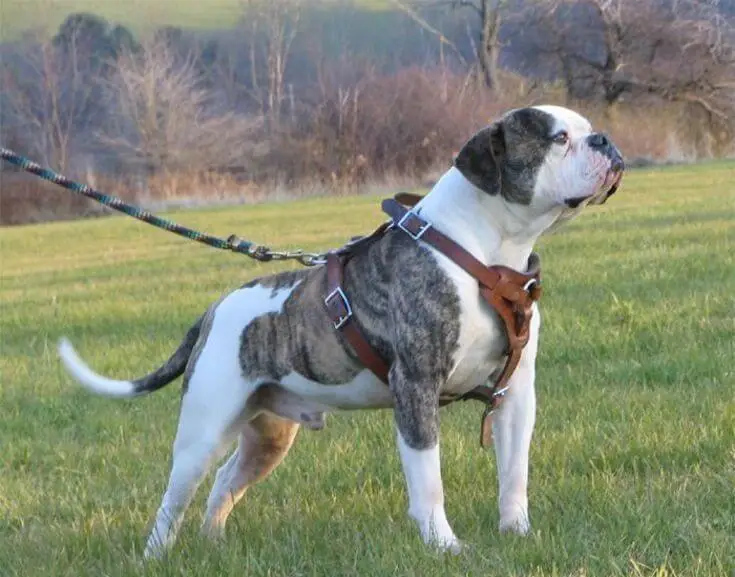Highlights:
- Normal puppies have an exceptionally better hearing ability compared to humans, capable of detecting frequencies up to 100,000 cycles per second, whereas humans top out at 20,000 cycles per second.
- Certain breeds such as Dalmatians and Jack Russell Terriers are genetically predisposed to deafness, often due to inherited ear nerve disorders.
- Deafness in dogs can arise at any age, influenced by factors like ear infections, exposure to loud noises, and congenital defects—particularly seen in breeds with “merle” or “piebald” coats.
- Breeds prone to deafness include Dalmatians, Australian Shepherds, Old English Shepherds, Collies, Shetland Shepherds, and Bull Terriers. Ethical breeding practices are crucial for mitigating this issue.
- The diagnosis of deafness is not immediately apparent; it often comes to light during training sessions when the puppy ignores voice commands, necessitating specialized electrodiagnostic tests for confirmation.
- Deaf dogs might exhibit fewer barks, peculiar vocalizations, and behavioral problems due to their inability to understand or be startled easily. However, some deaf dogs can perceive certain frequencies or vibrations, aiding their adaptation.
- Caregiving tips for owners of deaf dogs emphasize the importance of visual signals—such as hand signals, flashlight beams, or other visual cues—for effective communication. Special high-frequency whistles or even vibrations from a piano might be perceivable to a deaf dog.
- Routine ear care is essential to avoid further complications in dogs with hearing loss, emphasizing the need for attentiveness and patience from the owners in training and communication strategies.
These highlights underline the importance of understanding and adapting to the unique needs of deaf dogs, ensuring they lead a contented and secure life despite their hearing impairment.
Normal puppies hear much better than we do, but some are born deaf or genetically prone to deafness. Dalmatians and Jack Russell Terriers may inherit an ear nerve disorder that causes deafness.
Aging dogs often suffer from hearing loss and some become completely deaf, but you usually won’t have to worry about it for many years. A dog can suffer from hearing loss at any age due to an ear infection, mites, or chronic otitis.
Hearing loss can be accelerated by exposure to loud noises, for example, in the case of hunting dogs. A normal dog usually hears the same low-frequency sounds as humans, as well as frequencies up to 100,000 cycles per second.
People can only hear sound waves of up to 20,000 cycles per second. Puppies who ignore these interesting sounds can suffer from hearing loss.
Puppies may be born deaf when the ear nerves are not forming properly. Congenital deafness is often associated with dog crossings resulting in the type of “merle” or “piebald” coat.
What breeds are prone to deafness?
You might also like my articles about:
Commonly affected breeds include Dalmatian, Australian Shepherd, Old English Shepherd, Collie, Shetland Shepherd, and Bull Terrier. Ethical breeders are aware of potential problems and are working to eliminate deafness in these dogs through strict breeding practices.
You may not immediately be aware that your dog is deaf. Specialized electrodiagnostic tests usually available in large clinics or veterinary universities can determine the extent of hearing loss.
Most owners realize that there is a problem with the dog during training when the voice commands are ignored or other noise fails to attract the puppy’s attention.
Deafness common symptoms
As a symptom, deaf dogs can bark less than other dogs, and their voice may sound strange. They often develop behavioral problems because of their inability to understand human communication and because they can be easily alarmed or frightened by unexpected things.
Some deaf dogs may hear the frequencies of special whistles or feel the vibration of a foot hitting the ground. These types of sound perception may compensate enough for the activities in a dog’s daily life so that he behaves normally as long as he remains in a familiar environment, where he feels safe.
Routine ear care is important to prevent their possible health problems. Dogs with hearing loss are a challenge for many owners, but they can be patiently trained to understand hand signals as well as voice commands.
How to live with a deaf dog
 Dogs cannot tell us that they cannot hear and often compensate with the increased acuity of the other senses. They watch their owners, with more interest, and possibly other pets that may be present in the house, to figure out their behavior if someone is at the door, for example.
Dogs cannot tell us that they cannot hear and often compensate with the increased acuity of the other senses. They watch their owners, with more interest, and possibly other pets that may be present in the house, to figure out their behavior if someone is at the door, for example.
Deaf puppies also pay special attention to vibrations and air currents, as the breeze made by an open door may be an indication that you are back from work. Even when he can’t hear the can opener, the pet’s internal clock will tell him that it’s mealtime.
Use visual signals and not voice to be successful in communicating with the deaf dog. Dogs easily learn to respond to hand signals, a flashlight beam, or a light bulb on the terrace, on and off, to enter the house for dinner.
A special whistle for dogs that uses high-frequency sound waves, ultrasound, can still be detectable for your hearing-impaired pet even when it can’t hear your voice.
The vibration of the highest notes on a piano keyboard can also be felt, even when your pet can’t hear. Use this as a signal to call your pet, when you have a piano in the house, of course.
An electronic “vibrating” collar works great as a signal. These collars are available for sale at pet shops and on websites with pet products.
Deaf pets alarm themselves and get scared more easily and, as a result, can bite out of the reflex. Always approach your pet so that he can see you when you come and trope out of your feet, or give him another warning before petting him so that you avoid being accidentally bitten when he is taken by surprise by your presence.
Deafness also raises safety concerns. Will your deaf dog be able to hear and avoid traffic? Watch the walks or make sure the gate of the yard is locked and the dog is safe.
Although you might imagine something else, deaf dogs are still happy pets. In some cases, gradual hearing loss is a normal part of the aging process.
It is not difficult to make simple arrangements and compromises for a hearing-impaired pet, and that’s how it must be because you took the responsibility to care for him.




